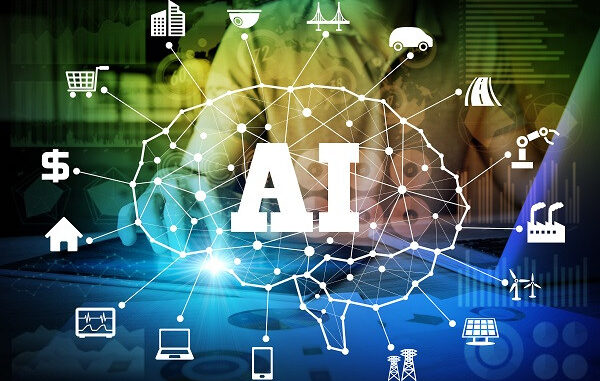
Assistive technologies powered by AI are designed to enhance the capabilities of individuals with disabilities or special needs, facilitating improved communication, mobility, vision, and overall quality of life.
These technologies can significantly reduce barriers and increase independence for users. Here are several categories of AI-powered assistive technologies, along with specific examples:









### 1. **Communication Aids**
– **Speech Recognition Software**: Applications like **Dragon NaturallySpeaking** enable users with physical disabilities to control computers and smartphones using voice commands.
– **Augmentative and Alternative Communication (AAC)**: Devices such as **Tobii Dynavox** use AI to help individuals with speech impairments communicate through text-to-speech and symbol-based communication.
### 2. **Vision Assistance**
– **Text Recognition**: Apps like **Seeing AI** and **Be My Eyes** leverage computer vision to help visually impaired users identify objects, read text aloud, or navigate their environment by connecting them with sighted volunteers.
– **Wearable Devices**: Glasses equipped with smart technology, such as **Aira**, provide live visual assistance for individuals who are visually impaired. Users can connect to trained agents who provide guidance and information in real-time.
### 3. **Mobility Aids**
– **Robotic Exoskeletons**: Devices like **Ekso Bionics** help individuals with mobility impairments regain movement through powered exoskeletons that assist with walking and standing.
– **Smart Wheelchairs**: AI-enhanced wheelchairs can navigate autonomously and avoid obstacles, improving the mobility of users. For example, chairs equipped with sensors and AI algorithms can help users move in complex environments more safely and efficiently.
### 4. **Cognitive Assistance**
– **Memory Aids**: AI applications such as **Google Assistant** or **Amazon Alexa** can serve as reminders for medication, appointments, and daily tasks, helping individuals with cognitive impairments maintain routines.
– **Smart Home Technology**: Systems like **Philips Hue** and **Nest** can be programmed and controlled through voice commands or mobile apps, enabling users with cognitive disabilities to manage their homes more effectively.
### 5. **Learning and Special Education**
– **Adaptive Learning Tools**: Software like **Khan Academy** and **Microsoft Learning Tools** use AI to tailor educational content to the individual learning pace and style of students with learning disabilities.
– **Reading Assistants**: AI tools like **NaturalReader** utilize text-to-speech capabilities to assist students with dyslexia or other reading difficulties.
### 6. **Sensory Assistance**
– **Sound Amplification**: Devices such as **Fisher-Price’s HearAll** enable individuals with hearing impairments to enhance sound clarity through AI-driven noise reduction technology.
– **Emotional Support Robots**: Social robots such as **PARO**, a therapeutic robot seal, help individuals with mental health issues and cognitive disabilities by providing companionship and interaction.
### 7. **Health Monitoring**
– **Wearable Health Devices**: Smartwatches and fitness trackers can monitor vital signs and provide reminders for medication, catering to individuals with chronic health conditions.
– **AI-Powered Telehealth**: Platforms like **Teladoc** offer virtual health consultations, making healthcare more accessible for individuals with mobility challenges.
### 8. **Smart Home Integration**
– **Home Automation Systems**: AI systems control lighting, temperature, and security through voice commands or mobile apps, making environments more accessible for those with physical disabilities.
### Benefits of AI-Powered Assistive Technologies
– **Increased Independence**: Individuals can complete tasks that may have required assistance, leading to greater autonomy.
– **Enhanced Quality of Life**: Technologies that offer communication or mobility improvements can significantly enhance users’ overall well-being.
– **Personalized Experiences**: AI can adapt to individual preferences and needs, making assistive technologies more effective and user-friendly.
– **Improved Accessibility**: Many AI systems can be integrated into existing devices, making technological advancements more accessible to users.
### Ethical Considerations
While AI-powered assistive technologies offer tremendous potential, it is essential to address various ethical considerations:
– **Privacy and Data Security**: Protecting user data, especially health information, is crucial.
– **Bias and Equity**: Ensuring that technologies are designed to meet the needs of diverse user populations without perpetuating bias is vital.
– **User Empowerment**: Technologies should empower users rather than create dependency.
By focusing on accessible design, involving users in the development process, and addressing ethical considerations, AI-powered assistive technologies can significantly improve the lives of individuals with disabilities and promote a more inclusive society.


Leave a Reply